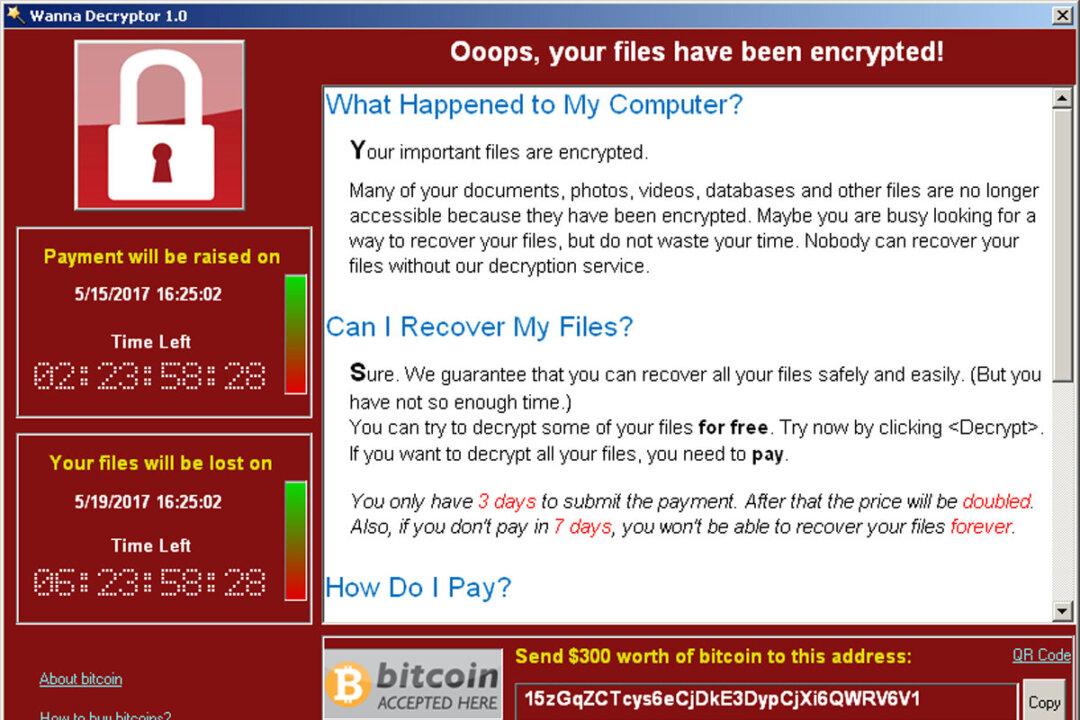A leading U.S. bank regulator alerted banks to increasing online risks, especially ransomware attacks and other extortion campaigns, in a report published Monday, while advising firms to undertake cybersecurity measures to mitigate the risks.
The Office of the Comptroller of the Currency (OCC), an independent bureau within the Department of Treasury that supervises all national banks in the country, said in the semiannual risk report (pdf) that it has “observed an increase in ransomware attacks in financial services. These attacks continue to leverage phishing emails targeting employees and compromised credentials to gain access to networks through remote access channels.”





